How The Automobile Evolved Across The Globe
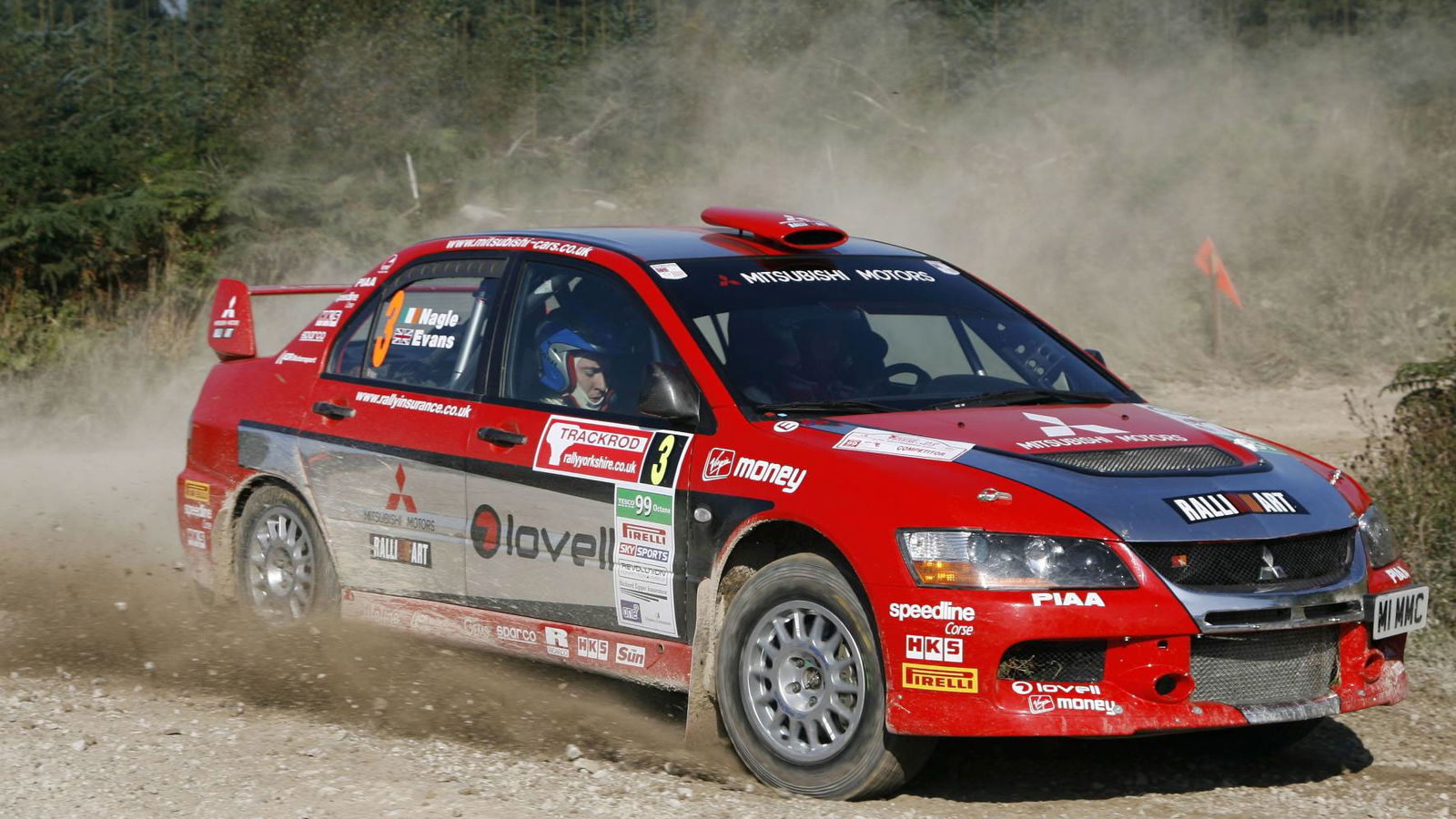
I love looking back through history to see how events have shaped the present. I know American history pretty well, being American and all, and I’m working on learning the world’s story because it’s certainly worth knowing; like it or not, we live in global community now. That’s never truer than in the car scene, with manufacturers and scene alliegances tied to the wonderfully diverse ways cars have developed throughout the world.
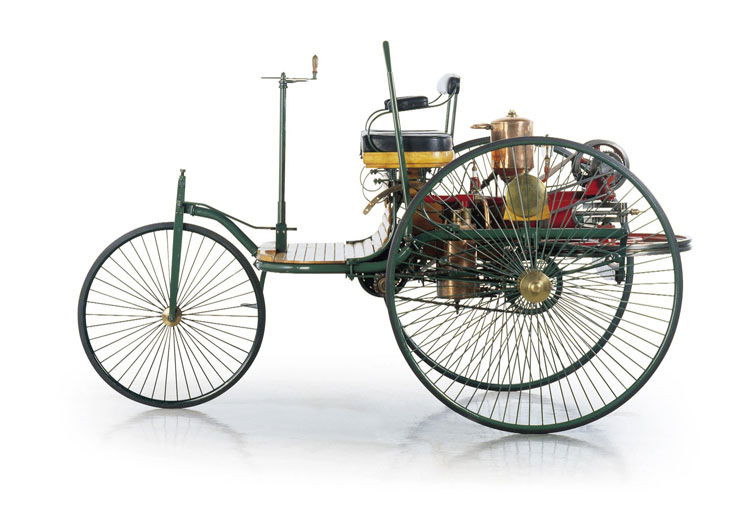
Since I’m not even remotely qualified to teach traditional global history, and because Car Throttle has absolutely nothing to do with such things, let’s talk about the history of the automobile. Specifically, how the automobile evolved through the decades to meet the needs of different buyers and environments around the world. It’s actually rather interesting once you look at it, and though I realise I’m turning into James May with every word I type… Good news! This is a journey worth taking.
In the beginning
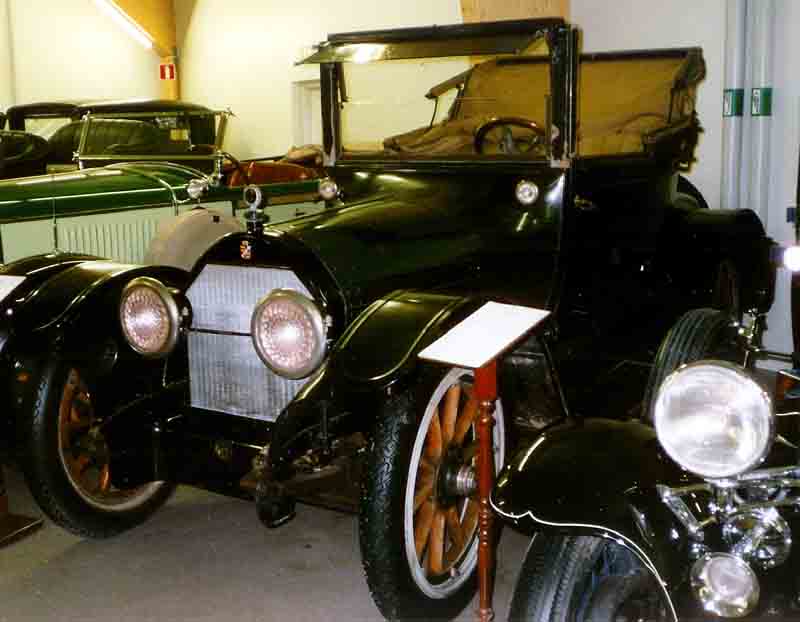
The 1886 Benz Motorwagen is generally regarded as the first gasoline-powered car, though there were steam-powered designs as early as the 18th century. Doesn’t matter though, because once gasoline engines took off, so did the car. At first, vehicle designs and layouts were all over the place in both the U.S. and Europe, until the three-pedal configuration of which we’re familiar debuted on the 1916 Cadillac 53 (above).
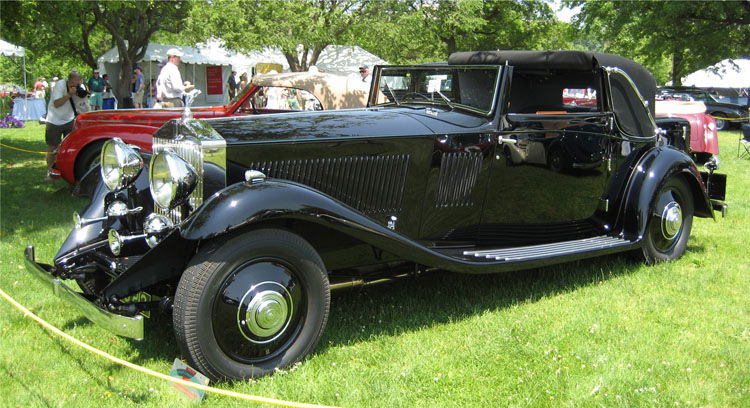
Controls notwithstanding, what’s particularly interesting is that at this point in the automobile’s history, sizes and styles were actually fairly consistent around the world because road networks - the few that existed at that point - were also fairly consistent. The result was a wide array of small, modest machines for everyday families, while luxury builders like Cadillac, Duesenberg, Rolls-Royce and Daimler were building big - as in V16 engine big - boat-like cars that catered to the wealthy wanting to stand out in the big cities. Then something called World War II happened.
Post war
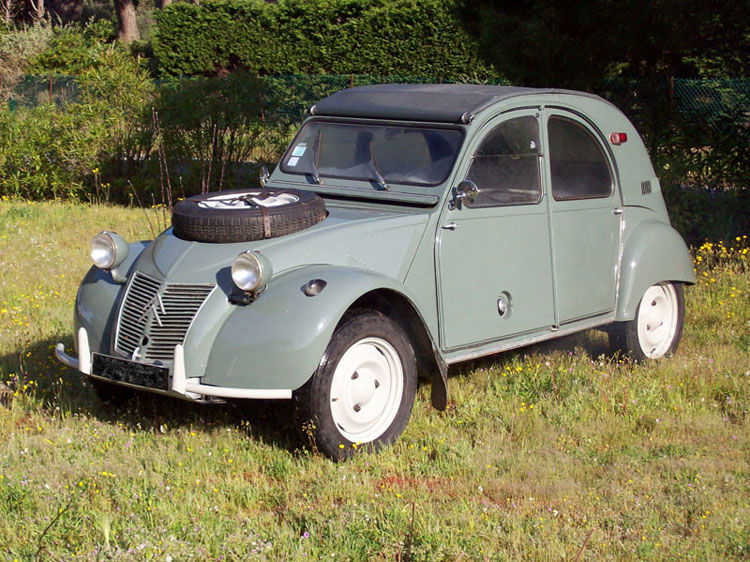
Here’s where things start to get interesting. With much of Europe focused on rebuilding, twisting roads through rolling countrysides and denser populations led manufacturers to build smaller cars that were nimble, easy to assemble and cheap to purchase. The same can be said for Japan, which actually experienced quite an economic surge through the ‘50s and ‘60s.
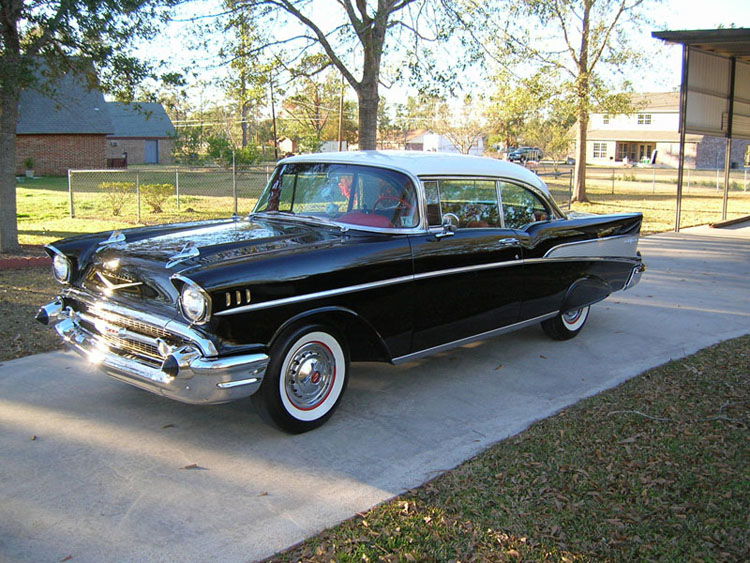
Meanwhile the wide-open spaces in America and Australia, combined with the industrial boost from wartime manufacturing, led automakers to create big, wide-open cars to cover their vast expanses of terrain. The Eisenhower Interstate System began construction in America in 1956, creating a vast network of high-speed highways to further the cause. In these parts of the world, long-distance cruising in big, powerful V8 cars became a way of life.
Today’s global market
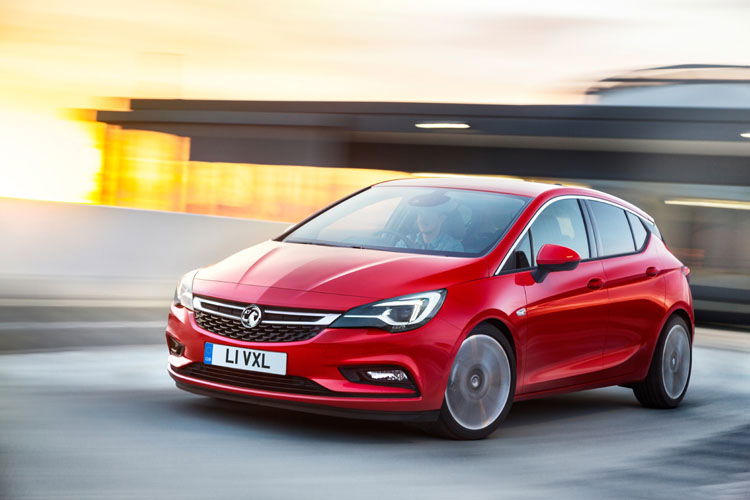
In some ways, the automobile industry is returning to a sort of global homeostasis similar to the early days of motoring. This time, however, it’s all about efficiency and economics - building cars that run cleaner, use less fuel, and still deliver decent performance. And since technology has made us one big happy family of Earthlings, and with economies across the globe suffering in recent years, manufacturers have shifted from region-specific models in favour of global platforms, which share parts and bring down costs.
As a result, cars all around the world have evolved quite substantially in the last 20 years. America’s cars have generally downsized and tightened up a bit in the handling department, while European and Asian models have grown slightly. The majority of manufacturers now use at least one global platform in their lineup - America’s Ford Fusion is Europe’s Ford Mondeo, and beginning next year will be Australia’s Ford Falcon replacement. Different names, but all the same underpinnings.
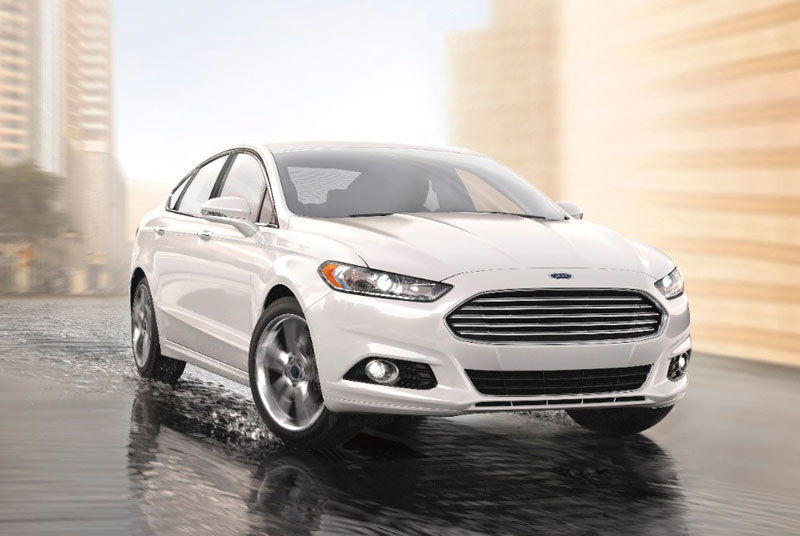
That’s not to say everything is completely the same everywhere, nor do I expect it ever will be. Europe is still home to countless diesel hatchbacks, Japan loves its kei cars, Australians enjoy working and playing with their ‘utes, and the Italians, well they still pretty much do whatever the hell they want - just so long as a car looks sexy and sounds just as good.
And America is still all about big pickup trucks, which in some ways have replaced the traditional big American cars of yesterday as the wide-open, cross-country family cruisers of choice. If that’s the trade-off that allows cars like the Focus RS, Charger Hellcat and CTS-V on the market, I’m cool with it.
Evolution. It’s not about what’s better or worse, it’s about what works. What do you think the automotive landscape will look like in the next 20, or even 50 years? However things play out, if it proves to be as diverse and fascinating as the last few decades, we’re in for an interesting ride.
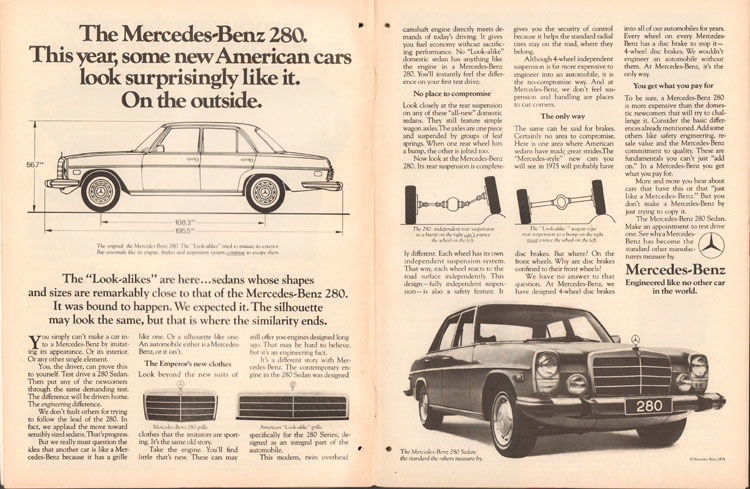
Comments
Cars will most likely be autonomous in our time
If something will happen that makes the normal-internal-cumbustion-engine-car illegal, i will fight for it and make it legal again no matter facking what
I want a kei truck in america for street use so dam bad
Actually writing an assignment along those lines. Shld make for an interesting day researching this.
I am actually making a school assignment about this sorta stuff right now, I might post it on here if it’s any good:)
Basically everything 1980’s on-wards is trash.
It’s worth mentioning that the Eisenhower Interstate System is based on the German autobahn. After he visited visited Germany, he thought that a network motorways would be strategic for the American defence system.